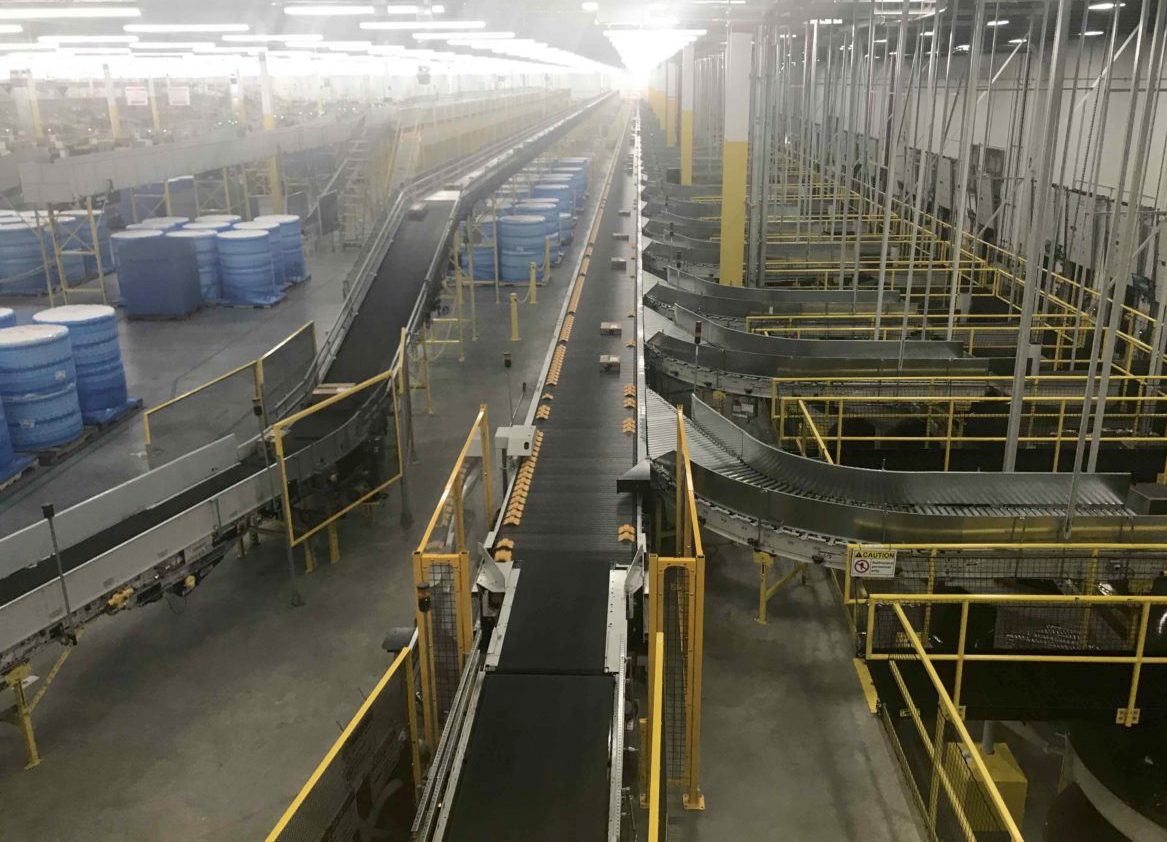A series of recent protests by the workers preparing and delivering our essential foods and other goods highlights a key risk to our ability to combat the coronavirus.
Some employees at an Amazon warehouse and Instacart “shoppers” briefly walked off the job on March 30, citing inadequate health protections and compensation. And Whole Foods workers organized a national “sick out” protest to pressure the grocery chain for hazard pay and more protections.
With most Americans sheltering in place, these workers are among the millions of individuals who face heightened risks as they continue to do their jobs keeping our refrigerators and pantries stocked during the pandemic. But because of an economic theory I study known as “positive externalities,” most of them aren’t being adequately compensated for it.
Creating positive externalities
A positive externality is created when someone’s private behavior leads to broader social benefits. Common examples include when someone buys a hybrid car, gets vaccinated or stops smoking. In each of these examples, someone’s private behavior reduces risks for everyone.
A negative externality, on the other hand, is when private behavior leads to a public harm, such as pollution from a factory.
By delivering food and other supplies, workers at Instacart, Whole Foods and hundreds of other companies are reducing the need for people to congregate and thus lowering the systemic risk of COVID-19 for everyone.
This is an essential public health benefit at a critical time in the pandemic. Without them, it would be much harder to fulfill government stay-in-place orders and slow the spread of COVID-19.
But in general they perform jobs that pay relatively little, and the workers have said they lack basic protective gear such as hand sanitizer and masks that would keep them safe.
Paying for an externality
Unfortunately, the free market isn’t very good at dealing with positive externalities like this — or compensating those who bear the cost. As a result, there’s a risk the people creating the public benefit will not provide enough of it.
This is easiest to understand by way of example.
Imagine a “shopper” for Instacart — the app-based food delivery platform — delivers groceries to someone with COVID-19. It begins as a private transaction: The worker gets paid, and the sick customer gets food delivered in a time of need. But there is an additional benefit to the rest of us — the positive externality — from the delivery. Everyone is safer because the sick consumer doesn’t have to go to the grocery store.
Then there is the extra cost. The Instacart worker faces a heightened health risk by spending more time outside of home and delivering groceries to the sick customer. While the customer may pay a higher tip as a measure of her gratitude, it is unlikely to be enough to take into account the value of the broader benefit to society or the concentrated risk that the Instacart worker faces in producing this benefit.
And that means the undercompensated worker may decide it’s in her interest to stop putting herself at risk — and stop delivering food.
Now consider that this is happening countless times and in countless ways across the country as millions of workers keep putting themselves at risk so that others can stay at home.
Who should pay the workers enough to compensate them for their extra risk and ensure we all continue to enjoy this broad public benefit?
Instacart and other companies, of course, are the ones paying these workers, along with fees or tips paid by consumers. The surging demand for these companies’ services suggests they should be able to afford to offer higher wages and provide the kinds of protective gear like masks and hand sanitizer that the workers need.
Some companies are doing that. Target, Amazon and Whole Foods have said they will provide their workers temporary “hazard pay.” And Instacart responded to the protest by providing its gig workers with health and safety kits.
A government response
But a few companies stepping up to compensate their own workers slightly more isn’t enough to compensate the workers for the great benefits they are providing to the public at large.
In economics, widely shared public benefits such as large parks and clean lakes tend to require public — that is, government — support. Similarly, the production of a good that is costly but has a large positive externality, like the efforts of all these workers, needs a government response.
Essentially, the government could compensate these workers for the benefits to the public through something like a hazard subsidy and a supply of protective gear, thereby ensuring an ample supply of these workers and the services they provide during this time of crisis.
To be sure, this isn’t a perfect solution. For instance, absent some sort of market forces dictating how much the government subsidizes, the government may pay too much. And there would be questions about which workers are truly essential to creating the public health benefits and should receive the higher pay — should liquor employees be included?
But in a time in which the government is already offering large, unqualified aid packages to the public, such costs are not insurmountable. To get close to the right solution, I believe we first need to recognize how these workers create a large public benefit for us all.







